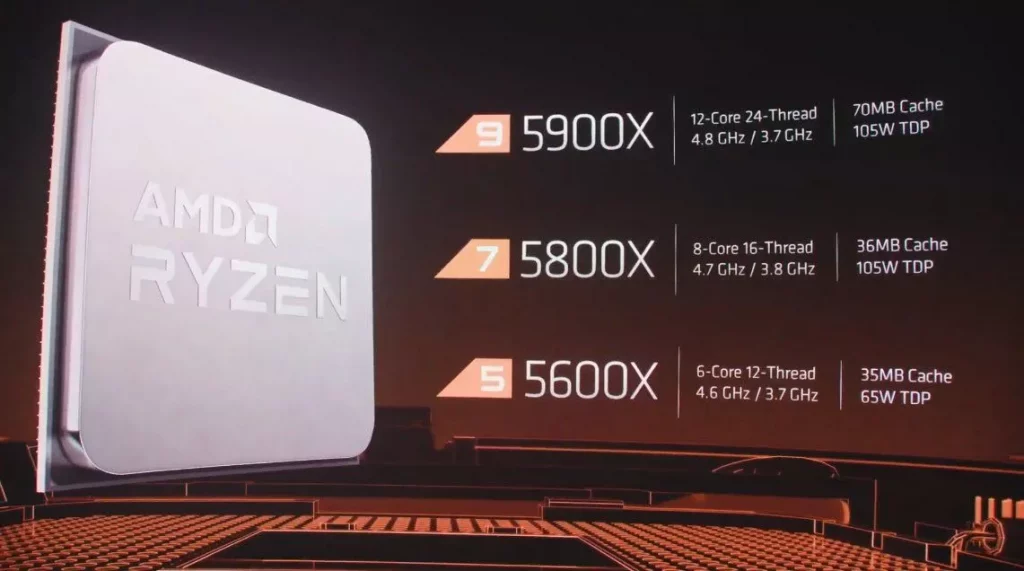For well over a decade, AMD has relied on chipmakers GlobalFoundries and TSMC. Nonetheless, if a new J.P. Morgan report is correct, the company may build entry-level 4nm processors for Chromebooks at Samsung Foundry. AMD may also use Samsung’s foundry for future GPUs, according to the firm.
“Our research indicates that AMD is likely to outsource a Chromebook CPU to Samsung on its 4nm (likely mass production in late 2022), and TSMC may have limited capacity to allocate for Chromebook projects, given the declining market demand,” Gokul Hariharan, an analyst with J.P. Morgan, wrote in a note to clients shared by @MarcTheShark83.
For two reasons, AMD used GlobalFoundries almost exclusively at first, then TSMC. For starters, AMD had a wafer supply agreement with GlobalFoundries that prevented it from relying heavily on TSMC and other foundries. Second, AMD kept development costs down by repurposing IP blocks designed for specific chip technology, resulting in a significant reduction in the number of nodes used.
While AMD’s profitability is now at an all-time high, the company remains cautious in adopting new manufacturing processes. This is because using familiar IP not only reduces costs but also improves yields.
If AMD goes ahead with the plan, using Samsung Foundry nodes for even some of its products will significantly alter how AMD designs and builds its products.
Adopting Samsung Foundry’s 4LPP (second-generation 4nm-class process) for a Chromebook-bound APU would necessitate AMD redesigning its CPU and GPU IP for the new manufacturer, which would be prohibitively expensive at 4nm.
Furthermore, given that the Chromebook market is stagnant, it’s unclear how financially viable the project would be. Analysts believe AMD may use Samsung Foundry for some of its GPUs in the future, but they did not elaborate.
“In addition, we believe that AMD is likely to evaluate some projects (probably for GPU) at Samsung 3nm in 2023/2024, but the vast majority of its core platforms (CPUs for server, mobile, and desktops) are likely to stay with TSMC N3.” said the report.
read also:










